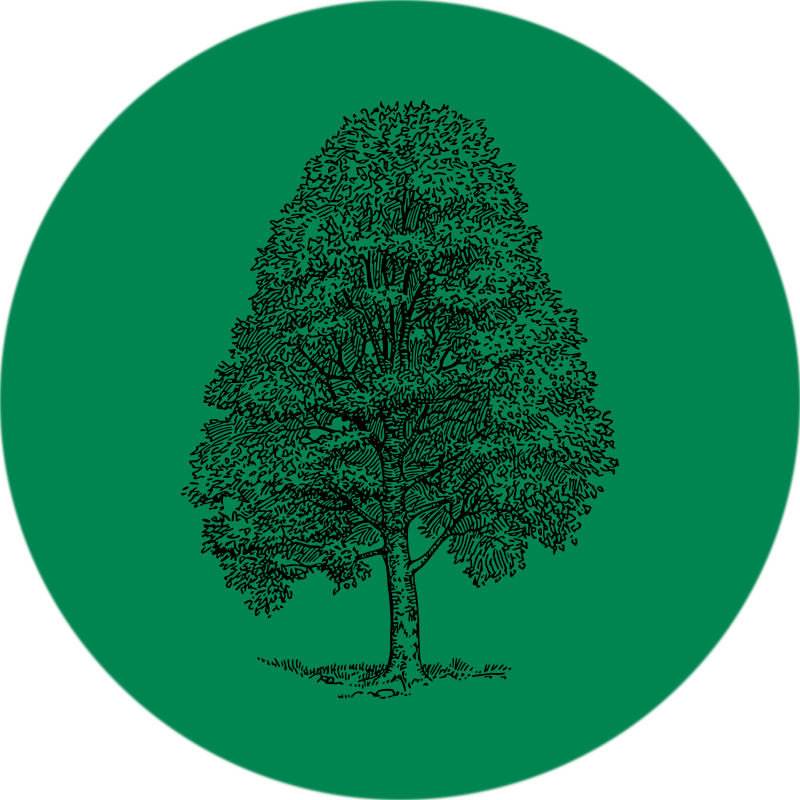why beech?
Why beech? Flick through the DUM catalogue and you’ll find we’ve got quite a thing for beechwood. The reasons behind our predilection for this specific material are manifold. First and foremost, we make furniture – and beechwood is ideal for making furniture. Highly functional and malleable, it’s not only strong, solid and splinter-free but lends itself perfectly to steam bending. Add to that its low flammability and it’s easy to see why beechwood is DUM’s main material of choice.
As for aesthetics, beechwood has an inherently light, fresh colour – a tone that can be left to shine in its natural state or easily stained or lacquered to suit any palate. With its even texture and fine, tight grain – which varies from piece to piece – beechwood is also timeless. An honest, natural product, beechwood has a warm and cosy expression.
Unlike oak and ash, whose supplies are significantly strained, beechwood is a readily available resource grown in sustainably managed European forests. Beechwood’s environmental benefits extend to its processing. An entire tree can be processed extremely efficiently, its lack of knots and irregularities resulting in very little material loss and few rejected parts.
Life’s a beech
A climax species – plants that will remain essentially unchanged in terms of species composition for as long as the site remains undisturbed – the beech tree lives in symbiosis with mycorrhiza fungi and can withstand low light conditions. It thrives in moist, well-drained, calcareous, loamy soil, tolerating neither high water levels nor dry, sandy earth. A beech can grow up to 46 m tall. Its smooth, grey trunk is wrapped in thin bark, making the tree susceptible to bark fire under sunlight exposure. Its leaves are feathery, slightly rippled and have a subtle sheen.

Beeches are wind-pollinated and monoecious, meaning separate male and female flowers coexist on the same plant. Their buds are elongated and scaly, and their fruits are known as beechnuts. Between two and four nuts are enclosed in spiny cupules, also known as bracts or husks. Beechnuts ripen in autumn. At that time, their cups open and the nuts fall to the ground where they’re dispersed by the likes of squirrels, which store them for the winter. Although not something you’ll typically find on a supermarket shelf, beechnuts are fit for human consumption.
